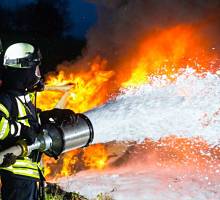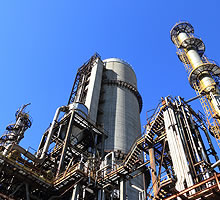Why are PFAS used in our products?
The widespread use of PFAS comes down to a few key chemical characteristics. PFAS are found in too many products to list, so understanding the key characteristics that make them attractive to manufacturers, alongside the examples listed below, will hopefully help you to start recognising where they might be found in the products you buy.
Or, click here to access a full overview of uses, as listed in “Glüge, J., et al., An overview of the uses of per- and polyfluoroalkyl substances (PFAS). Environmental Science: Processes & Impacts, 2020”
They repel water and oil
By changing the surface tension of liquids which come in contact with them, treatments containing PFAS make liquids ‘bead’ rather than ‘spread out’. When liquids bead, they run off rather than sitting and soaking in. This is one way of making fabric waterproof without having to completely seal it and was the traditional method for making outdoor clothing ‘water-repellent’ whilst still being breathable. PFAS-based treatments also effectively repel oil. This can be useful for stain resistance and for food packaging, to prevent grease and liquids from soaking in and weakening the material.
Fidra are currently working on a project to better understand just how widespread the use of PFAS is in UK food packaging. To do this, we’re asking you at home to get involved and help us ‘Find the PFAS’ using a simple, homemade test. Click here to find out more.



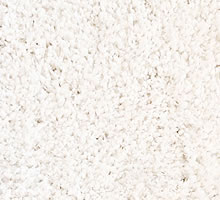

They make things slippery
One specific type of PFAS called PTFE is really, really slippery. In fact, it is one of the most slippery materials known. Discovered by accident in 1938, DuPont branded the substance Teflon and opened the world’s first full commercial plant near Parkersburg, West Virginia, in 1950. The rest is history. Teflon is now a well known brand name in many people’s kitchens. But the applications of ‘slippery’ don’t end on your non-stick pans. PFAS has been used to take seconds off skiers race times, cascading from the technical ski waxes designed for elite athletes, to its unnecessary use across amateur snow sports where most skiers and snowboarders are oblivious to its perceived benefits. PTFE is also a common ingredient in many oils and lubricants, applied liberally to bike chains the world over, only to be washed off in a rain shower and reapplied again the very next morning.




They are surfactants – they help liquids to mix and spread
Surfactants are used to help liquids, such as cleaning products, mix more effectively. They also improve spreading, levelling and foam control. In practise, this creates a cheap method to ensure formulations spread easily, in everything from wall paints and floor polishes, to make-up and beauty creams.

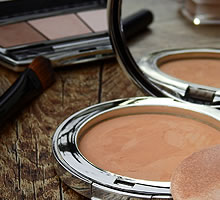
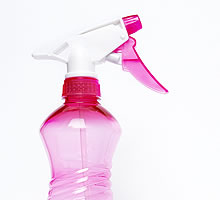
They are also used for many non-consumer functions
Linked to the properties mentioned above, PFAS have found many uses beyond consumer products. A key example is in fire-fighting foams, which represent major sources of environmental PFAS pollution, concentrated around airports, military bases and fire training centres. Whilst progress towards change has been slow, PFAS free alternatives are now in use across many major international airports, making this an increasingly unnecessary, and therefore solvable, source of pollution. Traces of PFAS are also found on many plastic products, not as an intentionally added ingredient, but left over from manufacturing processes, e.g. on aritifical turf, where PFAS is used as a lubricant in the plastic manufacture.
